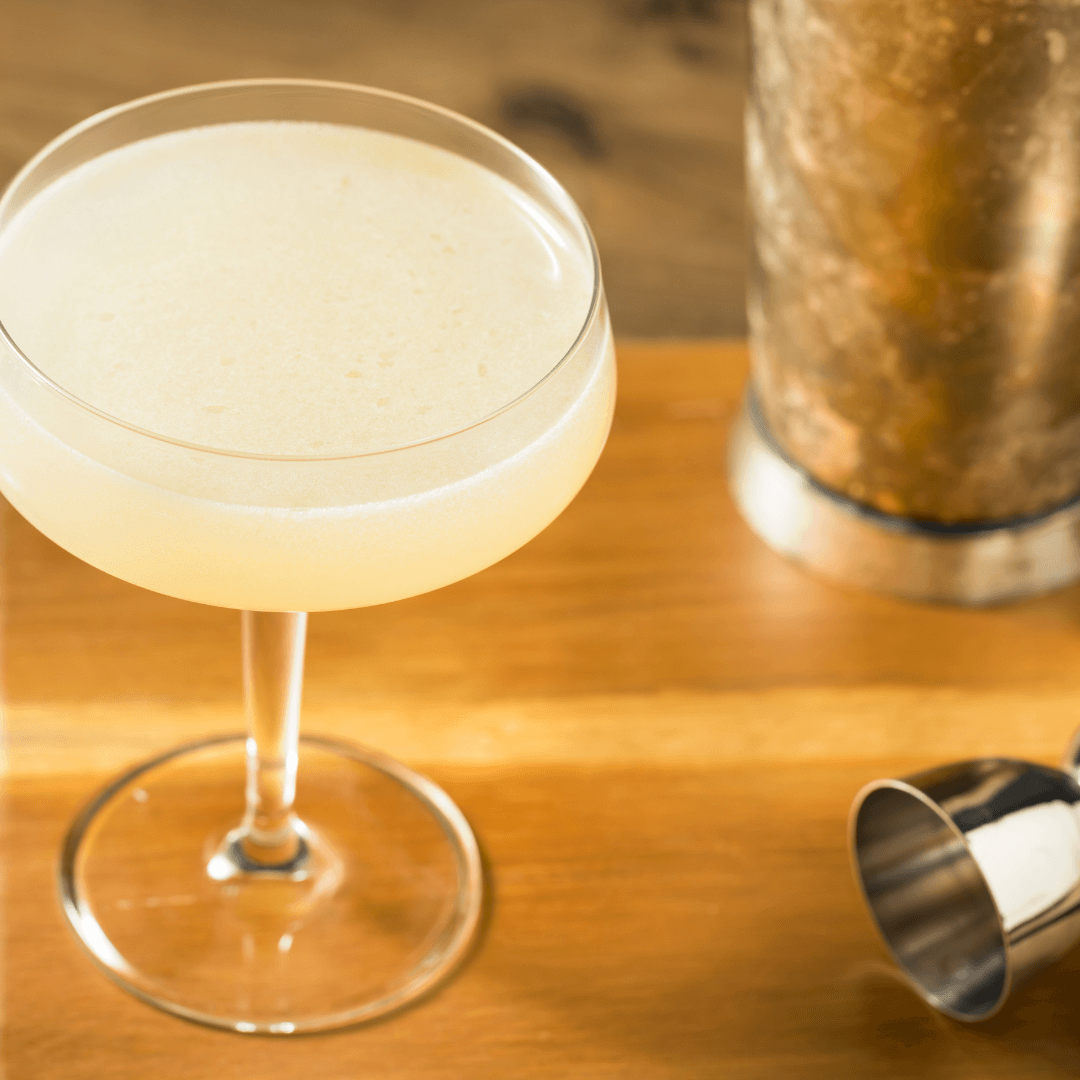Anise Aperitifs
What are Anise Aperitifs?
Anise aperitifs are a distinctive category of aperitifs that feature anise as their dominant botanical flavoring, creating that unmistakable licorice-like taste profile that's both polarizing and beloved. These spirits are typically clear when bottled but turn cloudy or milky white when water is added, a phenomenon known as the "ouzo effect" caused by the anise oils becoming insoluble in the diluted alcohol. Classic examples include French pastis, Greek ouzo, and Turkish raki, all sharing that characteristic anise backbone while expressing unique regional personalities through additional herbs and production methods.
Learn More About Anise Aperitifs
What makes Anise Aperitifs unique?
Anise aperitifs stand apart from other pre-dinner drinks through their distinctive licorice-forward flavor profile and fascinating louche effect – that milky, opalescent transformation that occurs when water hits the clear spirit. While most aperitifs rely on botanical blends or wine bases to stimulate the appetite, anise-based spirits like pastis, ouzo, and absinthe derive their character primarily from star anise or green anise, creating an intensely aromatic experience that's both polarizing and unforgettable. This singular focus on anise, combined with traditional serving rituals involving water dilution, makes these aperitifs as much about ceremony and theater as they are about flavor.
How are Anise Aperitifs made?
Anise aperitifs start with a neutral grain or sugar beet spirit that gets infused with star anise, green anise seeds, or fennel through maceration - basically soaking the botanicals in the alcohol for days or weeks to extract their essential oils and flavors. Many producers add other herbs and spices like licorice root, coriander, or wormwood during this process, then distill the mixture to concentrate the anise character while smoothing out any harsh edges. The final step involves diluting the spirit to bottling proof and sometimes adding sugar to balance the intense licorice notes, creating that signature milky louche effect when water hits the glass.
How do you drink Anise Aperitifs?
Anise aperitifs like pastis, ouzo, and sambuca are traditionally enjoyed neat or with a splash of cold water, which creates that mesmerizing cloudy transformation known as the "louche effect." You can also serve them on the rocks for a more diluted, refreshing experience, though shots are common with sambuca at celebratory moments. These licorice-flavored spirits work beautifully in Mediterranean-style cocktails, herbal gin and tonic variations, or as the base for refreshing summer spritz drinks that complement warm weather and outdoor dining perfectly.
How do I choose good Anise Aperitifs?
Start by considering the intensity you want—French pastis like Ricard offers bold, herbaceous complexity, while Greek ouzo tends to be cleaner and more focused on pure anise flavor. Your cocktail plans should guide your selection: lighter, more neutral anise spirits work beautifully in mixed drinks where you want the anise to complement other ingredients, while robust, traditional styles shine when served simply with water or on the rocks. Price often reflects quality here, so don't hesitate to spend a bit more for authentic, well-made bottles that capture the true character of their respective regions.
Nutritional Information
Typical Calorie Range per Ounce: 90-120 calories
Typical Carbohydrate Range per Ounce: 8-15 grams
Typical Sugar Range per Ounce: 7-14 grams
Typically Gluten Free: Yes
Most anise aperitifs are made from neutral spirits distilled from various sources and flavored with botanicals, making them naturally gluten-free. The higher sugar content comes from the sweetening process that balances the intense herbal and anise flavors. Popular brands like Sambuca, Pastis, and Ouzo generally contain no gluten ingredients in their production.
Always check the specific product label and manufacturer information to confirm gluten-free status, especially if you have celiac disease or severe gluten sensitivity. Some producers may use different base spirits or processing methods that could affect gluten content.
Scrolled this far? Your reward? Anise Aperitifs Trivia!
- The famous "louche effect" that turns your Pastis cloudy when you add water happens because anise oil is soluble in alcohol but not in water. When you dilute the spirit, the oils literally fall out of solution and create millions of tiny droplets that scatter light. The French call this magical transformation "la fée verte" (the green fairy), and the cloudier it gets, the higher quality the anise spirit usually is.
- Greek ouzo must legally contain at least 20% alcohol and be flavored primarily with anise, but here's the kicker: authentic ouzo can only be produced in Greece or Cyprus. It's like Champagne or Scotch whisky – the name is protected by European law. Those "ouzo-style" bottles you see from other countries? They're imposters that can't legally use the name.
- Absinthe was actually banned in the United States for nearly 100 years (1912-2007) not because of the wormwood or any hallucinogenic properties, but due to a moral panic fueled by temperance movements and wine industry lobbying. The "Green Fairy" became a convenient scapegoat for societal problems, and the ban persisted long after prohibition ended simply because nobody bothered to challenge it legally.
- Turkish rakı is traditionally served with a specific ritual involving two glasses: one for the rakı and one for water. You're supposed to add the water slowly while watching the liquid turn milky white, and the drink must be consumed with meze (small plates). Drinking rakı without food is considered culturally inappropriate – it's meant to complement conversation and friendship, not provide a quick buzz.
- Pastis production in France is so regulated that distillers must use a minimum of 15 different botanicals, with anise and fennel being mandatory. But here's the wild part: each producer guards their exact blend like a state secret. Ricard alone uses over 60 different plants and spices, and only three people in the world know the complete recipe – they're not allowed to travel together in case of accidents.
Higher-proof spirits can be intense. Mix carefully, taste thoughtfully, and enjoy responsibly.
Gift message (optional)


